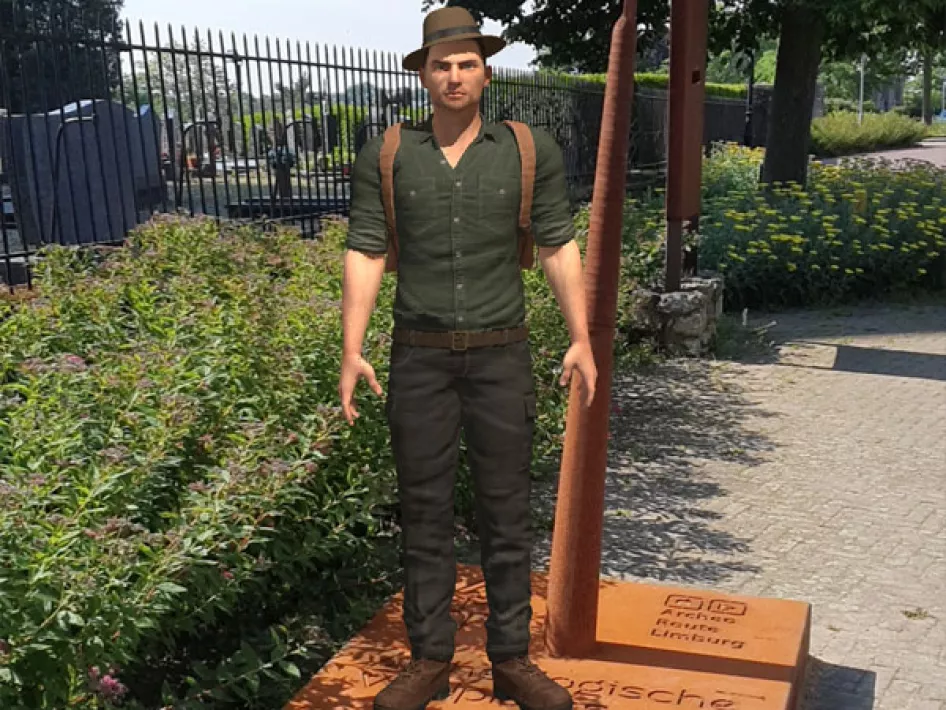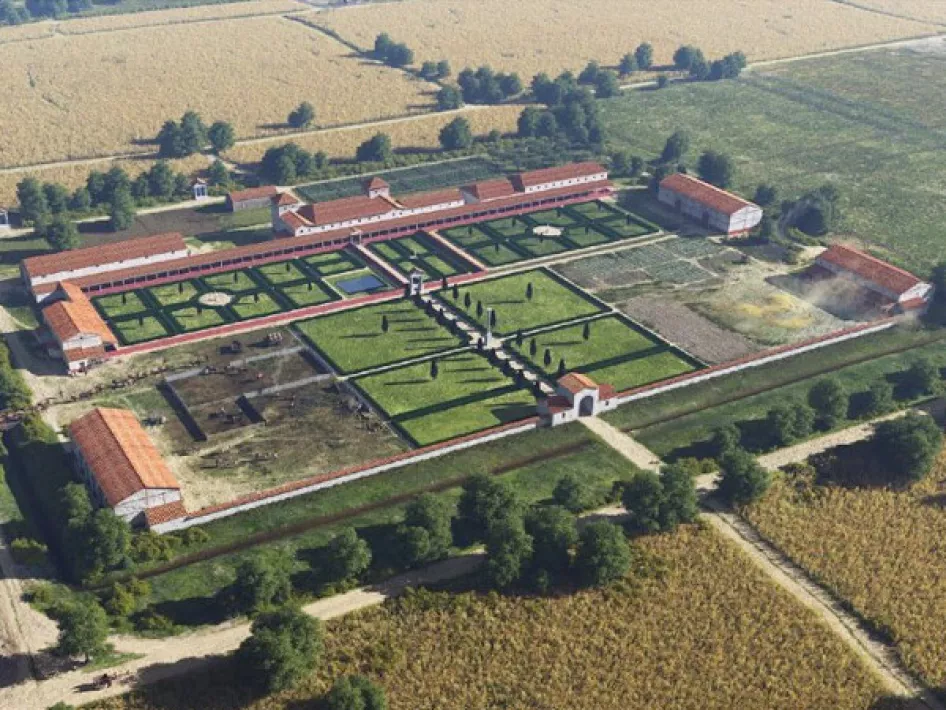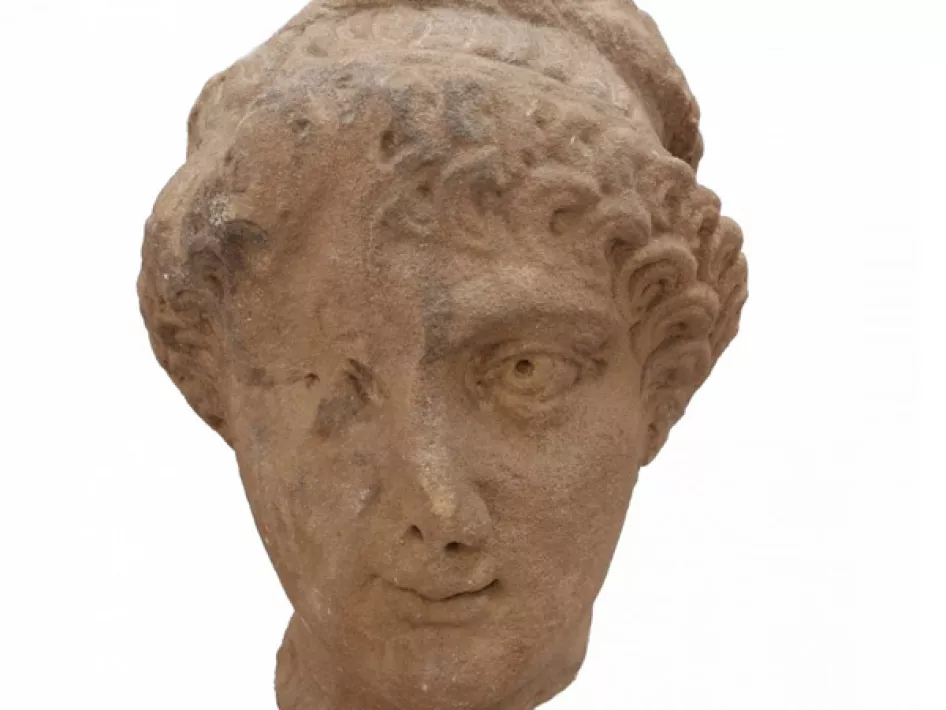Roman roads formed the backbone of the empire’s defence across much of present-day Europe. Part of that network was Via Belgica: as archaeologists have called it. Sections of this 400-kilometre highway connecting the French coast with the German Rhineland in Roman times are still being found. Via Belgica’s route through Voerendaal is well known; archaeologists have found traces of the road along Bergseweg and at Oude Midweg.
Many remains from Roman times have been found in Voerendaal, like the Roman villa at Hove. This is the biggest and best-known villa rustica in the entire Netherlands. A huge agricultural complex supplying the empire’s growing demand for grain. During the excavation, hundreds of items were discovered! A number of graves were found during the archaeological dig at Oude Midweg in 2016, and these probably formed part of a burial ground. Along the Roman roads there were a series of guard-posts, with watchtowers close enough to be able to send and receive light signals.This enabled messages to be conveyed super-fast across many kilometres.
Klimmen’s church is probably built on the foundations of one of these watchtowers. Some even claim that the nave of the church dates from Roman times, from its foundations to the start of the roof. By the time the Roman empire fell, they had built around 85,000 kilometres of solid road.
PLEASE NOTE: The location of the spear is on the Vrijthof in Klimmen.
Find also other Archeo Route Limburg locations


